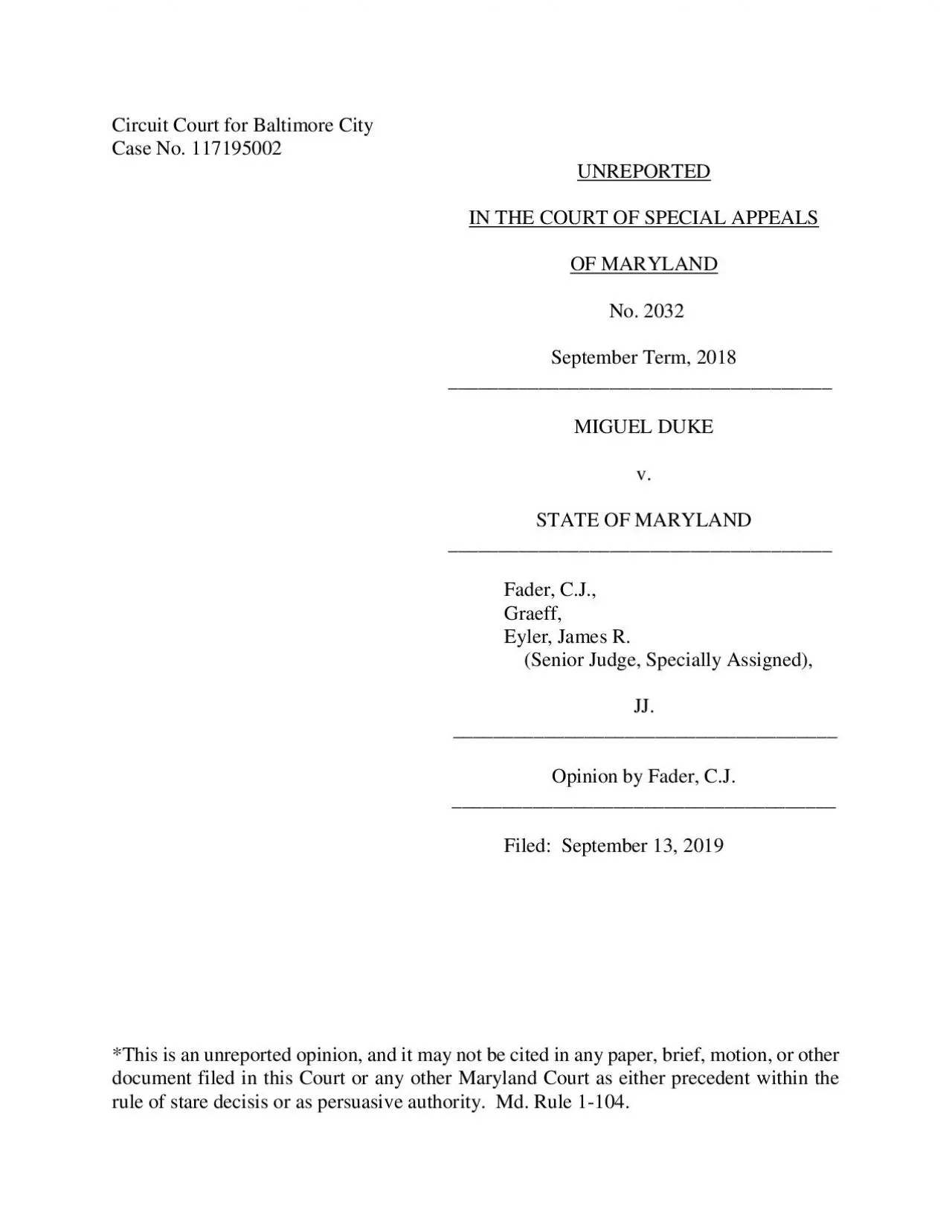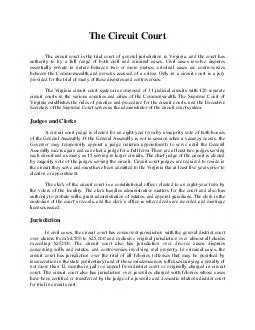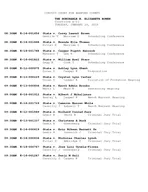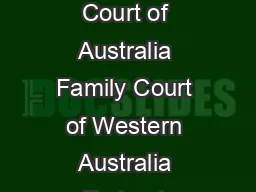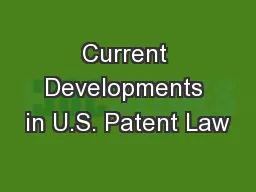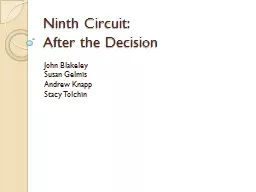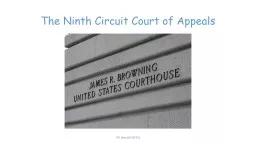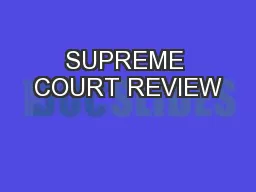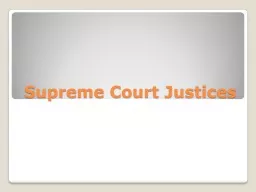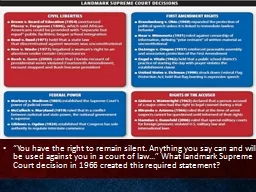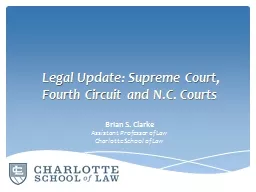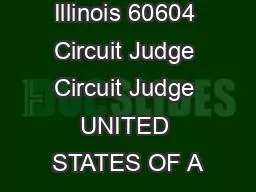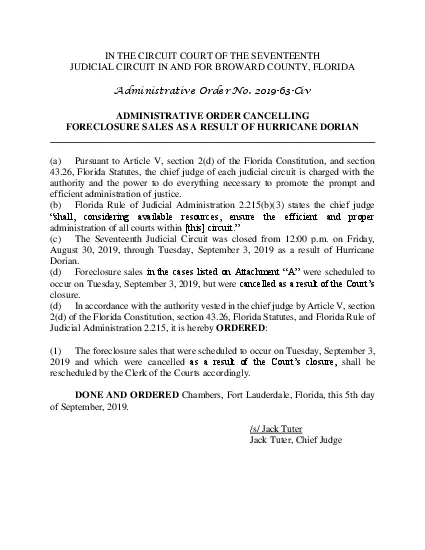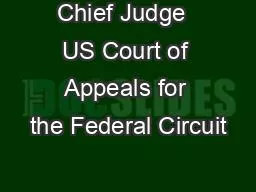PDF-Circuit Court for
Author : payton | Published Date : 2021-06-16
Baltimore City Case No 117195002 UNREPORTED IN THE COURT OF SPECIAL APPEALS OF MARYLAND No 2032 September Term 2018 MIGUEL DUKE v STATE OF MARYLAND
Presentation Embed Code
Download Presentation
Download Presentation The PPT/PDF document "Circuit Court for" is the property of its rightful owner. Permission is granted to download and print the materials on this website for personal, non-commercial use only, and to display it on your personal computer provided you do not modify the materials and that you retain all copyright notices contained in the materials. By downloading content from our website, you accept the terms of this agreement.
Circuit Court for: Transcript
Download Rules Of Document
"Circuit Court for"The content belongs to its owner. You may download and print it for personal use, without modification, and keep all copyright notices. By downloading, you agree to these terms.
Related Documents

